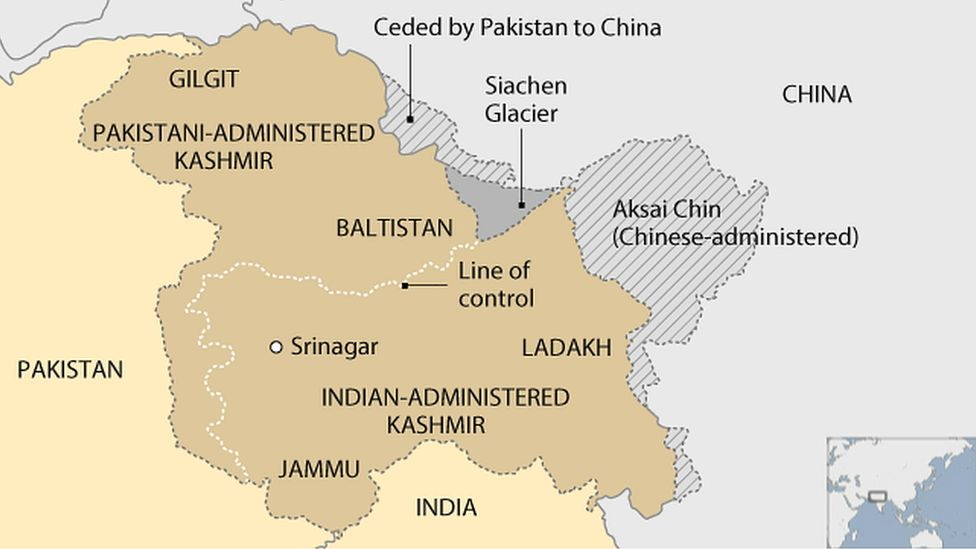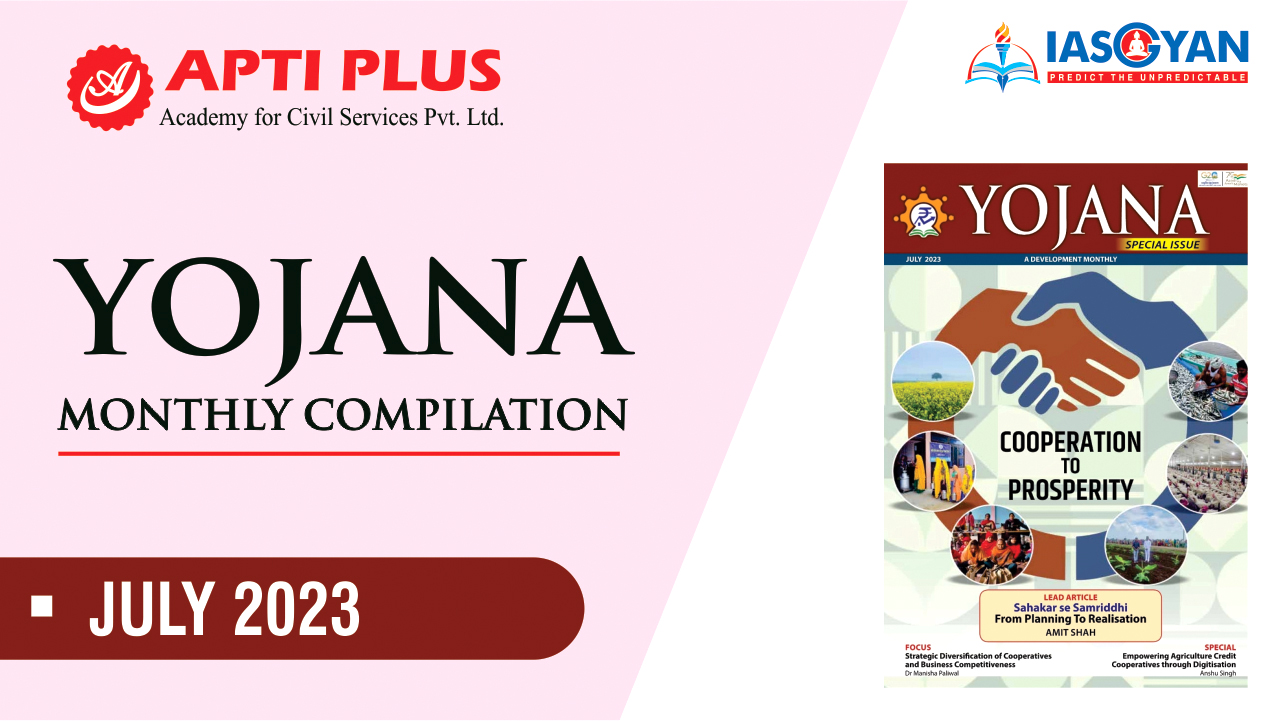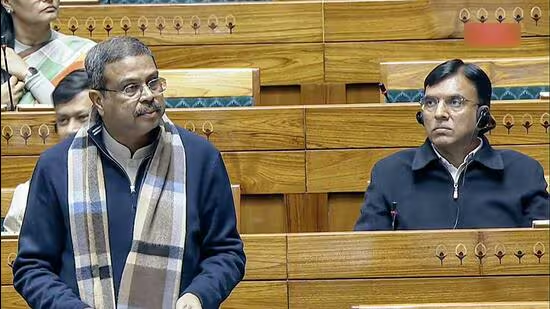
Copyright infringement not intended
Picture Courtesy: BBC
Context: Complex and contentious nature of the Kashmir issue, which has been a source of conflict between India and Pakistan for decades.
Details
- The main elements of the Kashmir story, including Maharaja Hari Singh's decision to remain independent after the Partition of India, the attack by Pakistani tribesmen, Hari Singh's subsequent accession to India, and India's military response to drive away the raiders. This reflects the complex and contentious nature of the Kashmir issue, which has been a source of conflict between India and Pakistan for decades.
Background
- The princely state of Jammu and Kashmir was established in 1846 through the Treaty of Amritsar, with Gulab Singh, the Dogra jagirdar of Jammu purchasing Kashmir from the British after the Anglo-Sikh War. Maharaja Hari Singh descended from Gulab Singh, ruled Jammu and Kashmir during India's independence.
- The princely states were given the choice of joining India, Pakistan, or remaining independent as British India prepared to withdraw. Hari Singh envisioned Kashmir as a "Switzerland of the East" and wished for its complete neutrality.
- In June 1947, Viceroy Lord Mountbatten visited Srinagar, suggesting accession to India or Pakistan, but Hari Singh sought independence. Hari Singh proposed standstill agreements with both India and Pakistan to maintain trade, travel, and communication.
- On August 15, 1947, Jammu and Kashmir remained technically independent, but this independence was short-lived. By September, tensions escalated, leading to invasions, and eventually, in October 1947, Maharaja Hari Singh acceded to India amid mounting pressures from Pakistan.
Events surrounding the accession of Jammu and Kashmir to India in 1947
Preceding Tensions
- After India gained independence from British rule in August 1947, the princely states were given the choice to join either India or Pakistan or remain independent.
- In September 1947, Prime Minister Jawaharlal Nehru and Deputy Prime Minister Vallabhbhai Patel expressed concerns about the deteriorating situation in Jammu and Kashmir. They were worried about potential infiltration and larger actions by Pakistan, especially given the Muslim-majority population in the state and its strategic location.
Infiltration and Conflict
- In late October 1947, armed infiltrators often referred to as "tribal militants" or "raiders," entered Jammu and Kashmir from the North-West Frontier Province, which is now part of Pakistan. The identity and purpose of these infiltrators remain disputed between India and Pakistan. Some view them as regular Pakistani military personnel, while others consider them local tribal groups. Their goal was to support local rebels and potentially facilitate Jammu and Kashmir's accession to Pakistan.
- The infiltrators quickly gained ground and captured key areas like Muzaffarabad. They defeated the Jammu and Kashmir forces at Uri. The rebels moved towards strategic locations, further escalating the conflict.
Seeking Aid
- Maharaja Hari Singh, the ruler of Jammu and Kashmir, faced a dire situation as the infiltrators advanced and the rebellion gained momentum. He requested military aid from India to counter the threat. VP Menon, a top diplomat and close associate of Patel, advised the Maharaja to move from Srinagar (the capital) to the safer location of Jammu.
Indian Diplomacy
- VP Menon flew to Srinagar to assess the situation and discuss options with Maharaja Hari Singh. Menon advised the Maharaja to accede to India before Indian military intervention. This was based on the understanding that it would be easier for India to intervene militarily if Jammu and Kashmir formally acceded to India.
Instrument of Accession
- VP Menon returned to Srinagar with the Instrument of Accession, a legal document through which the ruler of a princely state acceded to either India or Pakistan. Maharaja Hari Singh signed the Instrument of Accession, formalizing Jammu and Kashmir's accession to India on October 26, 1947.
Hari Singh's Letter
- Maharaja Hari Singh's letter to Governor-General Lord Mountbatten explained that due to the emergency and the need to protect his state and people from chaos, he had no choice but to accede to India. This letter was used to justify the legality of Jammu and Kashmir's accession to India.
Indian Military Intervention
- In response to the situation in Jammu and Kashmir and the Maharaja's request for military assistance, Indian troops were airlifted to Srinagar to secure the city and prevent its capture by infiltrators and rebels.
- The Indian military launched operations to push back the infiltrators and rebels from various regions of Jammu and Kashmir.
Indian Troop Deployment
- Indian military forces deployed to various parts of Jammu and Kashmir to reclaim territories that had fallen to infiltrators and rebels. The military operations aimed to restore order and remove the threat posed by the infiltrators.
- The move to accede and the subsequent Indian military intervention marked a turning point in the conflict over Jammu and Kashmir. The conflict eventually led to the establishment of the Line of Control (LoC), which divided the region between India and Pakistan. This unresolved dispute continues to influence regional dynamics and remains a source of tension between the two countries.
The events surrounding Jammu and Kashmir's accession to India in 1947 are complex and have far-reaching implications that continue to shape the geopolitics of the region to this day.

How the question of a plebiscite in Jammu and Kashmir came about?
Mountbatten's Reply to Hari Singh
- In response to Maharaja Hari Singh's request for military assistance and accession to India, Lord Mountbatten, the Governor-General of India, emphasized the policy that in cases where the issue of accession is disputed, the wishes of the people of the state should be the deciding factor.
- Mountbatten's response reflected the importance of determining the future of Jammu and Kashmir in accordance with the will of its people.
- He proposed that once law and order were restored in Kashmir and the invaders were expelled, the question of the state's accession should be settled through a reference to the people, i.e., a plebiscite.
Indian Leaders' Commitment
- Indian leaders, including Prime Minister Jawaharlal Nehru, echoed the commitment to a plebiscite as a means to resolve the question of Jammu and Kashmir's status.
- Nehru emphasized that despite Maharaja Hari Singh's accession to India, a plebiscite would be held once peace was restored and the situation stabilized.
- Nehru's telegram to Pakistan's Prime Minister Liaquat Ali Khan in October 1947, highlighted that Kashmir's accession to India was accepted based on the condition that a plebiscite would take place once the invaders were expelled and normalcy returned.
Importance of Plebiscite
- The commitment to a plebiscite in Jammu and Kashmir was significant for Indian leaders in terms of democratic principles and resolving the disputed status of the region.
- A plebiscite was seen as a way to ensure that the decision about Jammu and Kashmir's future was made by the people living in the region, rather than being imposed by external forces.
- It was also an opportunity to demonstrate India's commitment to self-determination and to address Pakistan's claims that all Muslim-majority areas should join Pakistan.
Comparison with Junagadh
- The case of Junagadh, a princely state with a Hindu majority ruled by a Muslim ruler, is often referenced in this context. In Junagadh's case, a plebiscite was conducted in February 1948, which resulted in the people of Junagadh choosing to accede to India despite the ruler's initial decision to join Pakistan. This example highlighted the potential effectiveness of a plebiscite in resolving such issues.
Unachieved Precondition for Plebiscite
- Despite the intentions and commitments, the precondition for holding a plebiscite – the restoration of peace and removal of the invaders – was never fully realized.
- Ongoing conflict and tensions between India and Pakistan, including the Indo-Pakistani War of 1947-48, prevented the conditions required for a plebiscite from being met.
The proposal of a plebiscite in Jammu and Kashmir emerged as a way to address the dispute over its accession. Mountbatten's response, Indian leaders' commitment, and comparisons with other cases all emphasized the significance of allowing the Kashmiri people to decide their future. However, due to the complexities of the situation and ongoing conflicts, the envisioned plebiscite was never conducted, leaving the issue unresolved and contributing to enduring tensions in the region.
Kashmir issue at the United Nations
Military Situation and Mountbatten's Advice
- Indian forces had achieved significant military gains in Jammu and Kashmir, retaking territories such as Dras, Kargil, and the hills around Poonch. However, the fighting was ongoing, and there were concerns that the conflict could escalate beyond the borders of Kashmir into the Punjab region.
Mountbatten's Involvement and UN Recommendation
- Lord Mountbatten, the last British Viceroy of India, advised involving the United Nations to address the Kashmir issue. Given the lack of progress through talks between India and Pakistan, Mountbatten believed that international mediation might be necessary.
British Prime Minister's Warning to Nehru
- British Prime Minister Clement Attlee wrote to Jawaharlal Nehru, the Prime Minister of India, cautioning him against moving Indian forces into Pakistan. Attlee's communication conveyed his concerns about India's actions being potentially in violation of international law.
India's Decision to Approach the UN
- On January 1, 1948, India decided to take the Kashmir issue to the United Nations for resolution. This move was seen by many as a betrayal by the British, as India believed that Britain, as the departing colonial power, should have supported their stance.
India's Position at the UN
- India's primary contention at the United Nations was that Pakistani infiltrators were occupying parts of Jammu and Kashmir, a region that had legally acceded to India. India argued that these infiltrators must be asked to leave.
- Pakistan framed the issue within the context of the larger Partition problem, claiming that the infiltrators were helping their Muslim brethren in the region who were suffering.
UN Involvement and Symbolic Defeat for India
- During the UN sessions in January and February 1948, a significant symbolic defeat was suffered by India. The Security Council changed the agenda item from the "Jammu and Kashmir question" to the "India-Pakistan question," indicating that the focus was shifted from the specific issue of Kashmir to the broader India-Pakistan relationship.
International Dynamics and British Interests
- Pakistan's claims were bolstered by support from the United States and England. These countries saw Pakistan as a potentially valuable ally against the Soviet Union during the emerging Cold War. - Additionally, as Alex von Tunzelmann's book "Indian Summer" notes; the birth of Israel was a concern for British policymakers. Attlee feared that aligning against Muslim interests in Pakistan could lead to a backlash among the larger Muslim world, particularly in the context of the Palestine situation.
Nehru's Reaction
- Nehru was shocked by the outcome of the UN involvement. He regretted the decision to involve the United Nations, feeling that India had suffered due to the shifting of the agenda and the international dynamics at play.
In summary, the Kashmir issue was taken to the United Nations by India in an attempt to find a resolution. However, the international political dynamics and shifting agendas led to a symbolic defeat for India, and the outcome of the UN involvement did not fully address the complex situation on the ground.
Must-Read Articles:
STATUS OF JAMMU AND KASHMIR: https://www.iasgyan.in/daily-current-affairs/status-of-jammu-and-kashmir
J&K REORGANISATION (AMENDMENT) BILL 2023: https://www.iasgyan.in/daily-current-affairs/jk-reorganisation-amendment-bill-2023
|
PRACTICE QUESTION
Q. What are the core challenges that have shaped India-Pakistan relations, and how have these challenges influenced the overall impact on both countries? Considering these challenges, what potential paths or strategies could be taken to pave the way for a more constructive and stable future relationship between India and Pakistan?
|

https://indianexpress.com/article/explained/explained-politics/kashmir-why-india-went-to-un-what-after-8900842/










